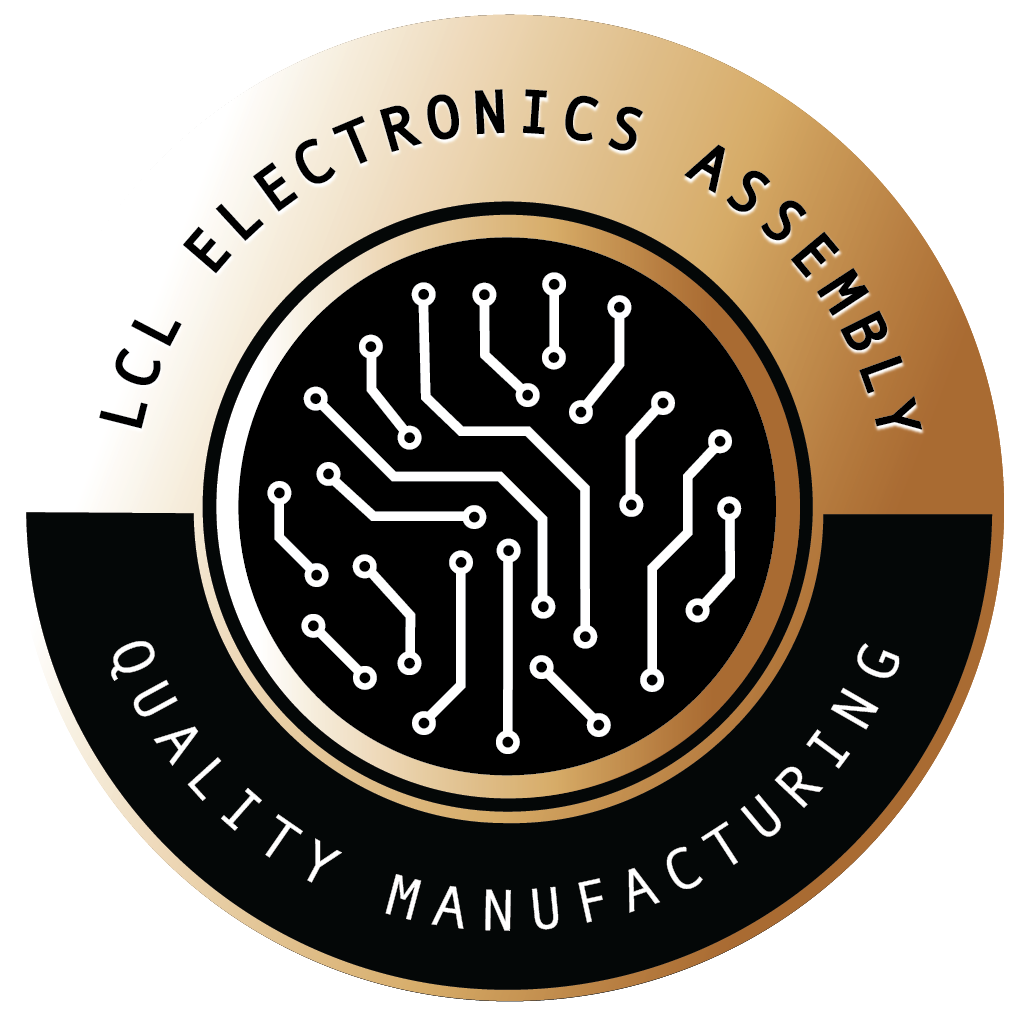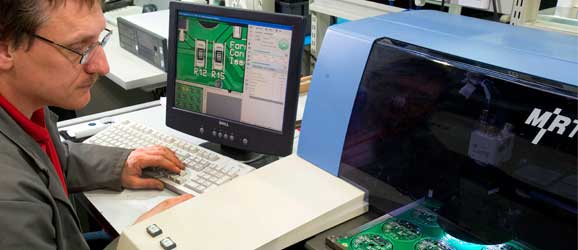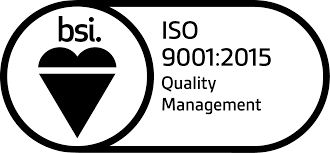At LCL we have recently experienced a surge in enquiries from customers requiring a complete turnkey production package, from initial design, through assembly and test, including global purchasing of PCBs, components, batteries, keypads and metal work. We have also seen more diverse industries such as security, education, test and measurement enquire as to how LCL can help with their electronics production.
We are finding that its our ability to provide such a complete turnkey solution, coupled with our wide range of in-house capabilities and technical expertise that has led to a substantial increase in business during this period.
However, assembly capabilities and technical expertise tell only part of the story. There are a number of reasons why a company will outsource part or all of their production line to a contract electronics manufacturer (CEM). These could range from not having the correct production infrastructure, to increased overheads, finance restrictions or not wanting to take the risk. However, we would advise that a complete cost-benefit analysis be undertaken by the OEM to determine if outsourcing is the optimum route for them before making any decision.
Taking the first step to outsourcing
It is not an easy decision to close down all or part of your production line and move to outsourcing, but with a company like LCL who has over 25 years’ experience and helped many companies make the switch, the move can be managed sympathetically and efficiently. When considering using a CEM, there is no one-size-fits-all equation as every company is unique, but there are some considerations to help a company evaluate and calculate their individual cost benefits.
For any electronics production, a complete infrastructure is required for which costs can be prohibitive, especially if you are a start-up or small company – purchasing, personnel, finance, project managers, labour, capital equipment, quality control, testing, packing and shipping. Not every company has these capabilities, and this is where LCL comes in. As an established CEM, we already have this infrastructure in place, and because other customers are sharing the same overhead structure, it’s a cost-effective way of production through economies of scale.
Another advantage of using a CEM is that it allows the customer to focus on their core competences, for example product design. You may have a great new product design but no production capabilities. By working with a CEM, it allows you to concentrate on further design enhancements and developments as well as marketing it, knowing that your product is in good hands. The customer gains the benefit of production expertise and delivery from the CEM, which can also lead to faster and more economical production lines, hassle-free.
Quality is a major consideration when considering whether to outsource your production. Moving your production outside of your company may make you slightly nervous, however CEMs can equal, if not improve, your level of production quality. Companies can select a CEM that not only provides technical back-up, but also the high level of quality required. LCL is ISO9001:2008 approved, demonstrating its strict processes and procedures for quality. Testing is an essential part of the production process, especially due to the increasing issue of counterfeit components, and by using a CEM the customer benefits not only from their expertise, but also from reduced risk, as this lies with the CEM. Products will be tested and passed / failed, but the customer pays only for the finished products, thereby limiting any losses and costs committed.
Using a CEM also offers companies significant benefits through economies of scale as the customer is buying into the improved purchasing capabilities of the contract manufacturer. This reduces costs for everyone in the supply chain.
Technical Advantages and Cost Benefits
CEMs each have their own strengths on top of their core competencies and LCL is no exception. Our technical capabilities have benefited customers significantly, by being able to use our expertise to offer component cost down through global purchasing and offer input on production techniques at the design and development stage, for example, this was successfully carried out on a wireless product where the overall cost of the unit was reduced by 30%. This can lead to an improved end product, produced and delivered quickly and economically, to its full potential. This may not be easily measurable, but the benefits of an experienced CEM contributing to the product design can only be positive.
Contract manufacturing also has mutual benefits – by having a long-term agreement in place, companies can take advantages of the skills and relationships of the CEM, but equally the CEM has the security of a long term contract. It is a win-win solution for both parties, based on relationships, sharing of technology, economies of scale and cost-savings.
The cost benefits of using a CEM are certainly a major consideration in electronics manufacturing production, providing advantages that can far outweigh the disadvantages. Adding in to this the risk factors, and additional capabilities brought into the mix by the CEM, the question is ‘Why wouldn’t you’?



